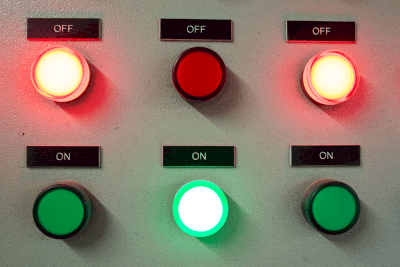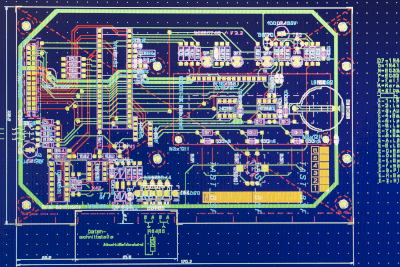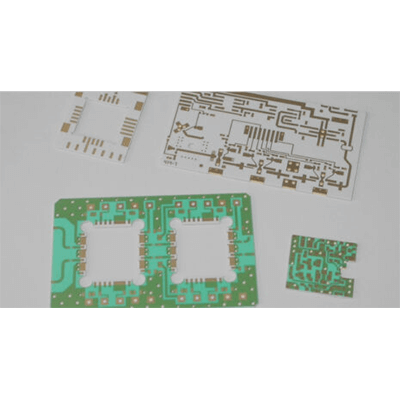What Is a Power Meter?
A power meter is a device used to measure the power consumed by electrical and electronic equipment, also known as loads.
A power meter is inserted between a power source and a load to calculate power from the product of the applied voltage and the flowing current (voltage x current). In AC (alternating current), a phase difference between voltage and current affects the power calculation, making simultaneous measurement essential.
Recently, the quality of the power supply has become a crucial concern, with some meters featuring functions to evaluate the waveforms of voltage, current, and power.
Uses of Power Meters
With the rising importance of reducing energy consumption to address global environmental issues, there’s an increasing need for power meters to monitor the power consumption of various electrical and electronic equipment. Their applications range from electricity saving in households to power monitoring systems in factories and buildings. Highly accurate and sophisticated power meters are also vital for assessing phase angle, power factor, harmonics, flicker, distortion, noise, etc., in development and production environments.
Principle of Power Meters
Electric power, the product of voltage and current, is calculated by measuring these two parameters. For direct current, where both are constant, power calculation is straightforward. However, in alternating current, the phase difference between voltage and current requires continuous measurement of their instantaneous values at the same time.
The power consumed by the load, known as effective power, is the integration and average of the instantaneous power over one cycle. Effective power can be calculated as V × I × cos(θ), where V is the effective voltage, I is the effective current, and θ is the phase difference between voltage and current.
AC power calculations also include reactive power and apparent power, essential for evaluating the efficiency and stability of power supply systems, especially in industrial and utility settings. The power factor, the ratio of active to reactive power, is a key metric for efficiency improvement strategies.
Reactive Power
Generated by the phase difference between current and voltage, reactive power oscillates between the power source and the equipment, influenced by the inductive and capacitive components of the load, and is calculated as V x I x sin(θ).
Apparent Power
Representing the actual flow of current and voltage in a system, apparent power’s equation is the square root of the sum of active power squared and reactive power squared.
How to Select a Power Meter
1. Check the Type of Measurement Target and Required Accuracy
Identify the measurement target (power, current, voltage, power factor, etc.) and the required accuracy, as the measurement range and resolution vary by application.
2. Selecting the Type of Power Meter
Power meters come in analog and digital forms. Analog meters display instantaneous values, while digital meters offer digital displays and data logging capabilities. Choose based on use, environment, and readability.
3. Power Factor and Accuracy Considerations
Evaluate the power factor and accuracy of the power meter, selecting products that maintain a high power factor.
4. Check Communication and Data Collection Capabilities
Modern power meters often feature communication interfaces (like Modbus or Ethernet) and data acquisition capabilities, essential for real-time data collection or remote monitoring.




